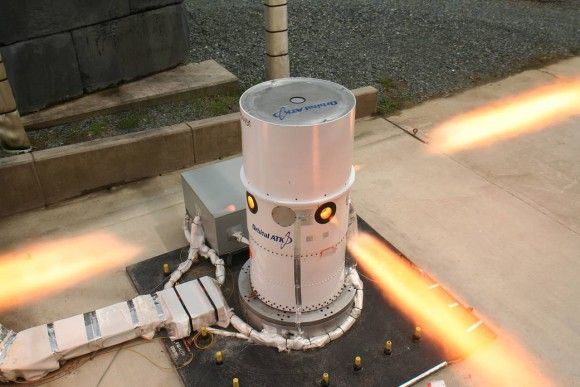Lithuania Gets Armed
The Lithuanian authorities have published the guidelines regarding development of the armed forces within the period between 2015 and 2020. The document assumes, inter alia, that more personnel is to be employed by the military units, defence spending level is to be increased up to 2% of GDP, and finally, quick reaction capabilities of the Lithuanian Army are to be improved.
The document that has been revealed by the Lithuanian Ministry of Defence is related to the provisions made during the NATO summit in Wales. It is stressed that Vilnius is supporting implementation of the Readiness Action Plan, which in consequence would mean that the allied forces would be permanently present within the Lithuanian territory. Lithuanians are also planning to undertake a set of actions, aim of which would be to expand own defensive capabilities.
Lithuania wants to, within the upcoming 2 years, expand its quick reaction forces within the quantitative dimension, from the level of two, up to three battalions. Achieving greater capabilities of the land forces is a priority here, particularly regarding the “Iron Wolf” brigade, along with three independent battalions and an anti-aircraft unit. All of these elements shall be complete within the scope of 70-90%. It has been confirmed that Vilnius is ready to act in a way, which would make it possible for NATO to deploy a battalion-sized unit within the Lithuanian territory.
Measures that are to make it possible to train voluntary reserves, consisting of soldiers who are not in the service professionally, are also to be implemented. It is noted that not only are there needs of improving the remunerations within the military, but also that there is a great need of increasing the intensity of the training, particularly in case of the training programmes involving the reserve forces. At the same time it is assumed that the Lithuanian units will be involved in expeditionary operations, also within scope of the NATO Response Force operations.
Purchases. Increased defence funding plan
Lithuania is willing to acquire infantry fighting vehicles along with self propelled artillery, anti-tank weaponry (including the Javelin missiles) as well as anti-aircraft systems (including the Grom missiles, manufactured in Poland). Elements of individual equipment for the troops, command and control systems, communication appliances and reconnaissance systems are also included in the purchase list. All that will be complemented with simulation systems.
In order to fund all of the above actions, Lithuanian government is to increase the defence spending up to the level of 2% of GDP by 2020. This year the defence spending will constitute 1.1% of GDP, in 2016 – 1.3%, in 2017 – 1.5%, in 2018 1.7%, in 2019 1.8% and finally the value is to reach the level of 2.0% of GDP by 2020. It is stressed that at least 20% of the defence budget is to be used for the needs of technical modernization. According to the SIPRI data, Lithuania has spent 0,8% of GDP back in 2013, however, until that time it has been decided that the military spending is to be increased, which made it possible to procure the Polish Grom missiles.
The Lithuanian guidelines related to modernization of the armed forces also include the operational activities, aim of which would be to provide secure operation of the national IT systems that are functioning within the cyberspace. Civic and patriotic education is another dimension of the programme, particularly regarding the ethnic minorities. It is said that there is a great need of expanding the infrastructure, which is the basic element required to properly operate the defence system.
Lithuanian authorities have also decided to undertake a set of actions, aim of which would be to expand the capabilities of the armed forces, with a particular emphasis placed on reaction capabilities in the light of the contemporary threats. Vilnius is willing to form quick reaction forces and to reinforce their capabilities. One should remember though, that reversing the delays within the scope of maintaining the army will be a long-term process, especially in the light of the fact that back in 2013 only 0.8% of the GDP was allocated to realize the defence purposes. Baltic states still need the allies in order to realize effective defence of their territories.




